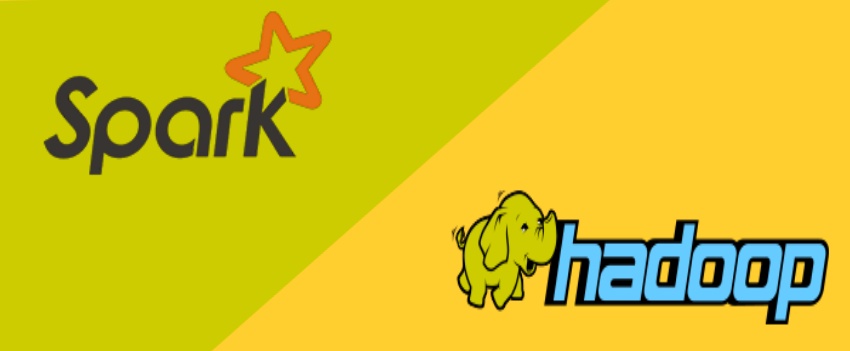Introduction
In the ever-expanding realm of big data, the evolution of technology has been nothing short of remarkable. A prime example of this transformation is the shift from Hadoop to Apache Spark, two prominent big data frameworks that have redefined how data is processed and analyzed. Technothinksup Solutions, a trailblazing technology company, has been at the forefront of this evolution, leveraging these technologies to empower businesses with faster, more efficient data processing capabilities.
The Rise of Hadoop
Hadoop emerged in the early 2000s as a game-changer in the world of big data. It was inspired by Google's MapReduce and Google File System (GFS) papers and was developed as an open-source project. Hadoop introduced the concept of distributed data storage and processing, allowing organizations to tackle massive datasets that were previously unmanageable.
Hadoop's key components included the Hadoop Distributed File System (HDFS) for distributed storage and MapReduce for distributed data processing. This framework enabled businesses to harness the power of commodity hardware clusters to store and analyze data, making it a go-to solution for big data processing.
The Limitations of Hadoop
While Hadoop revolutionized big data processing, it had some limitations that became apparent as the field continued to evolve:
-
Performance: Hadoop's MapReduce model was efficient for batch processing but suffered from high-latency, making it less suitable for real-time data analytics.
-
Complexity: Writing and maintaining MapReduce jobs required a high level of expertise in Java, making it less accessible to non-programmers.
-
Data Iteration: Hadoop struggled with iterative algorithms, which are essential for machine learning and graph processing tasks.
-
Memory Usage: Hadoop relied heavily on disk storage, leading to suboptimal performance when dealing with in-memory data processing.
The Spark Revolution
Apache Spark emerged as a successor to Hadoop, addressing many of its limitations. Spark was designed for speed, ease of use, and versatility. Here's how Spark improved upon Hadoop:
-
In-Memory Processing: Spark introduced in-memory data processing, reducing the need for frequent disk I/O and significantly boosting processing speeds.
-
Ease of Use: Spark provides high-level APIs in multiple programming languages, including Scala, Python, and R, making it accessible to a broader range of developers.
-
Support for Iterative Algorithms: Spark's ability to cache data in memory enabled efficient execution of iterative algorithms, crucial for machine learning and graph processing.
-
Streaming and Real-Time Processing: Spark Streaming and Structured Streaming modules allowed for real-time data processing, bridging the gap between batch and stream processing.
Technothinksup Solutions and the Spark Advantage
Technothinksup Solutions recognized the potential of Spark early on and has been at the forefront of its adoption. Leveraging Spark's capabilities, the company has empowered businesses with:
-
Faster Insights: Spark's in-memory processing enables rapid data analysis, allowing businesses to make real-time decisions and respond to market changes swiftly.
-
Advanced Analytics: Spark's support for machine learning libraries like MLlib and graph processing libraries like GraphX has enabled Technothinksup Solutions to develop cutting-edge analytics solutions.
-
Scalability: Spark's scalability ensures that businesses can handle growing volumes of data without compromising performance.
-
Flexibility: Spark's versatile APIs and integration with other data sources enable Technothinksup Solutions to create customized solutions tailored to clients' specific needs.
The Future of Big Data Technologies
As the big data landscape continues to evolve, technologies like Spark are setting the stage for even more exciting advancements. With the ability to process data faster, handle real-time streams, and support a wide range of analytics tasks, Spark is poised to play a pivotal role in the future of data-driven innovation.
In conclusion, the transition from Hadoop to Spark represents a significant milestone in the evolution of big data technologies. Technothinksup Solutions has been at the forefront of this evolution, harnessing the power of Spark to provide businesses with faster, more efficient, and versatile data processing solutions. As the big data field continues to evolve, Spark's influence is sure to remain a driving force behind innovation and data-driven decision-making.


No comments yet